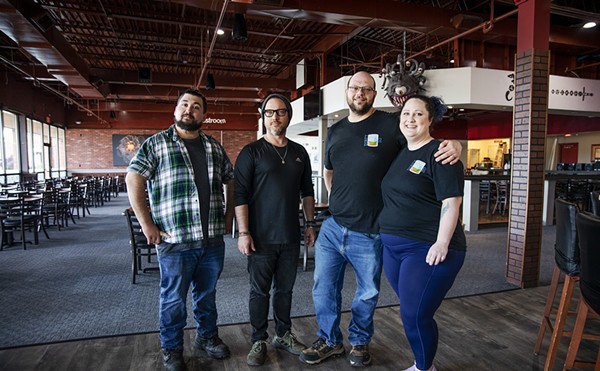Grappa originated as a byproduct of winemaking. Once the juice was extruded from the grapes, economy-minded peasants distilled the pomace (leftover skins and seeds) into a sort of lowbrow cognac. To answer the inevitable demand for a more refined product, updated grape-pressing techniques now produce higher quality pomace, which in turn results in grappas of remarkable character and complexity.
I know this because of the hands-on training I received from Yitbarek and Mengesha Yohannes of Bar Italia, who selected 10 of their 60 grappas for me to try. These ranged from a delicate, barely-there monovitigno made from pinot grigio grapes to a robust invecchiata, aged in oak with Madeira-like notes. My favorite was a giovane, a clear, unaged and very expensive grappa tasting of flowers. The Yohannes brothers also make their own fanciful grappa infusions, using everything from roses to seahorses (don't knock it till you've tried it) for flavoring.
Would-be grappa enthusiasts will find princely hand-blown bottles that sell for upward of 100 bucks a pop, but Mary Deguire of the Wine Merchant showed me a half-dozen varieties priced under $25. For the beginner, she recommends an inexpensive Grappa di Dolcetto, made from Italy's answer to the Gamay grape. Grappa, she says, is a perfect summer after-dinner drink. It's got all the kick with none of the conceit of cognac, and it's sassy besides.





